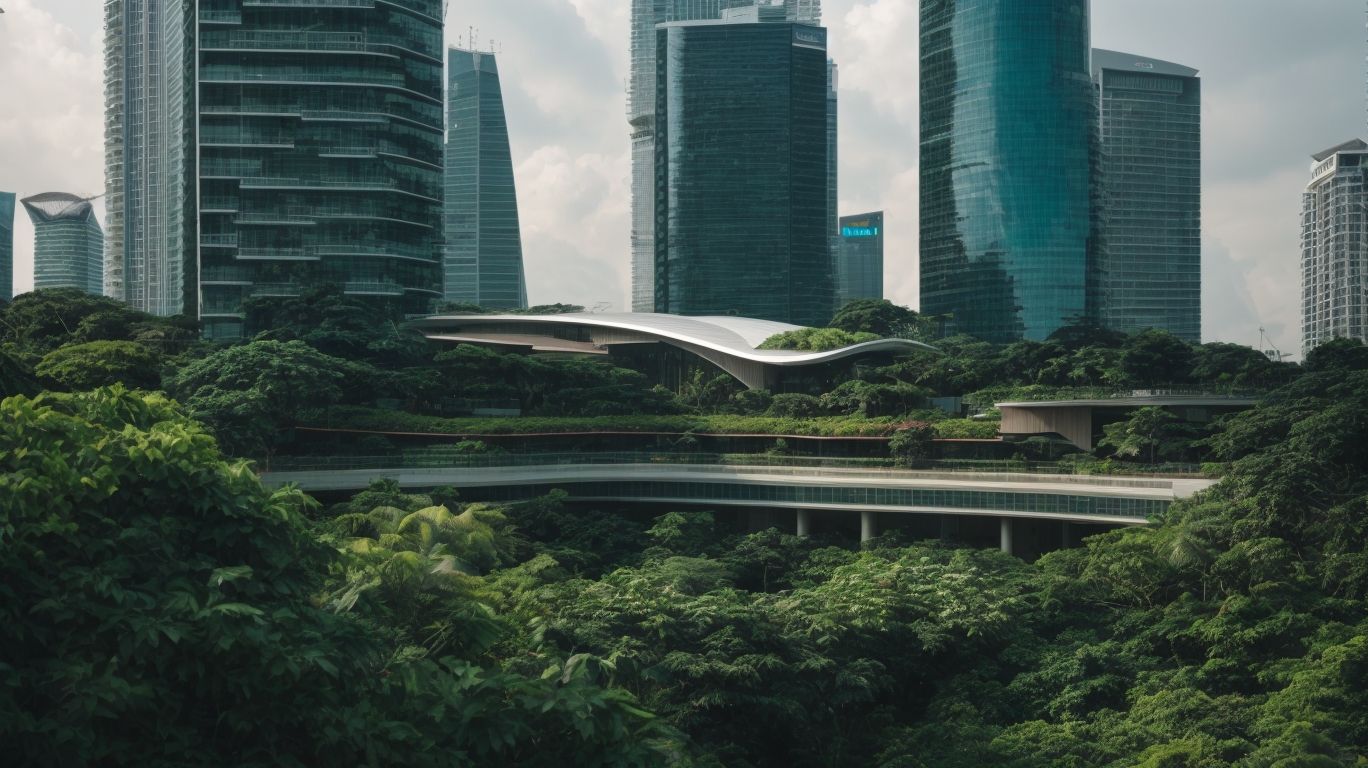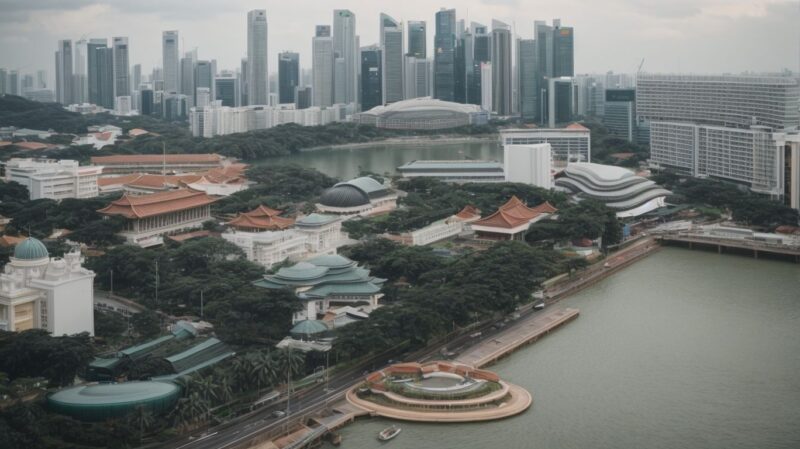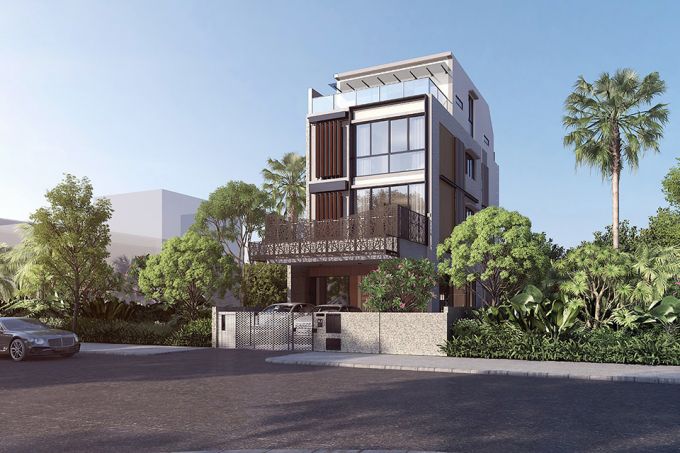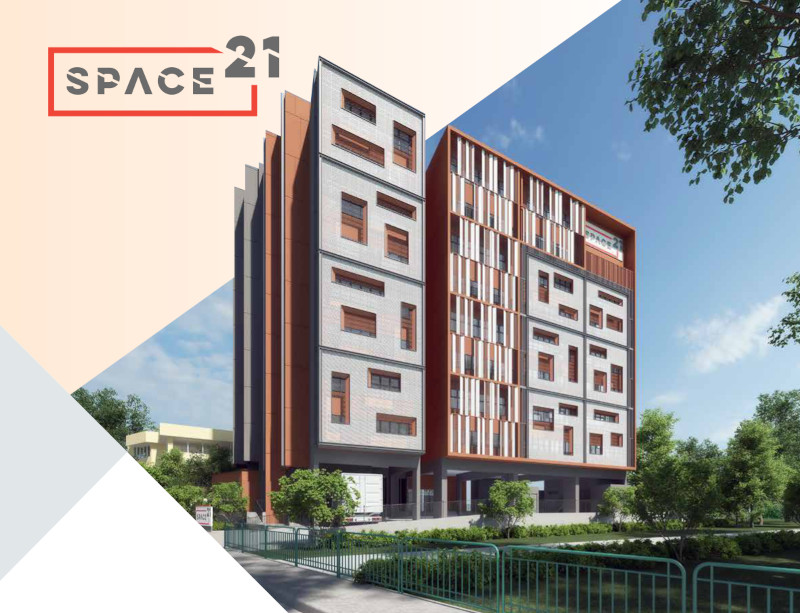Welcome to the world of Singapore real estate, where new developments and trends are constantly emerging. As a property owner or investor, it’s important to stay informed about the ever-changing landscape of the market. In this article, we will explore some of the latest emerging areas in Singapore real estate that you should keep an eye on to stay ahead of the game. Let’s dive in and discover where your next property investment could be waiting for you.
What is Singapore Real Estate?
Singapore real estate is the term used to describe the property market in Singapore, which includes residential, commercial, and industrial properties. This encompasses a variety of property types, including condominiums, HDB flats, landed houses, office spaces, and retail outlets. The real estate market in Singapore is known for its stability and appeal to foreign investors, thanks to its strategic location and strong economy.
What are the Current Trends in Singapore Real Estate?
The real estate market in Singapore is constantly evolving, with new trends and developments emerging every year. In this section, we will discuss the current trends in Singapore real estate and how they are shaping the industry. From the rising demand for co-living spaces to the growth of sustainable and green buildings, we will explore the various factors driving these changes. Additionally, we will also touch upon the increasing use of technology in property management and its impact on the real estate landscape. Join us as we take a closer look at the ever-changing world of Singapore real estate.
1. Increase in Demand for Co-Living Spaces
- Rising Preference: The increase in demand for co-living spaces is driven by the growing preference for communal living, shared amenities, and reduced living costs.
- Urbanization: Urban areas experience a surge in demand due to the convenience, social interaction, and affordability that co-living spaces provide.
- Flexible Accommodation: The demand for co-living spaces is prompted by young professionals and students seeking flexible accommodation options.
2. Growth of Sustainable and Green Buildings
The growth of sustainable and green buildings in Singapore is largely motivated by a push for environmentally friendly practices and energy efficiency. Examples of these buildings include the CapitaLand’s sustainable construction materials center, which showcases the commitment to eco-friendly construction. These structures incorporate features such as green roofs, solar panels, and efficient water systems to minimize their environmental impact. This trend towards sustainable and green buildings is a direct response to the growing awareness of climate change and the pressing need to reduce carbon footprints in urban development.
3. Use of Technology in Property Management
- Automation of routine tasks such as rent collection, maintenance requests, and lease renewals through the implementation of property management software.
- Integration of smart building technology for improved energy management, security, and tenant comfort.
- Utilization of data analytics to make informed decisions on property valuation, tenant retention, and investment opportunities.
What are the Emerging Areas in Singapore Real Estate?
As Singapore’s real estate industry continues to grow and evolve, new areas are emerging as key players in the market. In this section, we will discuss the rising popularity of suburban areas and the potential for development in these locations. Additionally, we will explore the trend of mixed-use properties that combine residential, commercial, and retail spaces in one development. Lastly, we will delve into the expansion of industrial and logistics spaces, as Singapore positions itself as a regional hub for these sectors. Join us as we discover the emerging areas in Singapore real estate and their impact on the industry.
1. Rise of Suburban Areas
- Gentrification: The rise of suburban areas has led to gentrification due to urbanization and improved infrastructure.
- Real Estate Development: There has been an increase in the construction of residential and commercial properties in response to the rising demand in suburban areas.
- Transport Connectivity: Improved transportation networks have connected suburban areas with urban centers, making them more accessible.
2. Development of Mixed-use Properties
- Integration: Combine residential, commercial, and recreational spaces within a mixed-use development.
- Urban Planning: Create cohesive spaces that promote convenience and reduce the need for extensive travel.
- Community Building: Foster a sense of community by encouraging social interaction and collaboration among residents and businesses.
3. Expansion of Industrial and Logistics Spaces
- The demand for industrial and logistics spaces is on the rise due to the expansion of e-commerce.
- Advanced technology and automation are being integrated into operations to increase efficiency and save costs.
- There is a growing importance placed on sustainable and eco-friendly practices in the development of industrial and logistics spaces.
What are the Factors Driving these Emerging Areas?
As the real estate market in Singapore continues to evolve, new and emerging areas are gaining attention from investors and home buyers alike. In this section, we will delve into the factors that are driving the growth of these emerging areas. From shifting demographics to government initiatives and changing consumer preferences, we will explore the various forces at play that are shaping the future of Singapore’s real estate landscape.
1. Changing Demographics
- Shift in Age Distribution: The changing demographics in Singapore real estate are influenced by an aging population, resulting in a growing demand for age-friendly housing and facilities.
- Diversity in Household Structures: With evolving family compositions, there is a rising need for flexible housing options that cater to diverse household structures.
- Migration Patterns: Understanding migration patterns is essential to anticipate housing demands and preferences, especially with the increasing number of expatriates and foreign talent.
2. Government Initiatives and Policies
Government initiatives and policies are crucial in shaping the real estate landscape in Singapore. The Urban Redevelopment Authority’s Master Plan, for example, guides development while the Green Mark scheme promotes sustainable building practices. These policies not only shape the physical environment but also greatly impact the quality of life for residents.
One notable example is the Smart Nation initiative, which has successfully integrated technology into property management, improving efficiency and convenience for tenants and landlords alike.
3. Shift in Consumer Preferences
The real estate industry is experiencing a shift in consumer preferences towards sustainable and community-focused spaces, which is influencing current trends. This change is reflected in the increasing desire for eco-friendly and socially integrated living and working environments. As a result, there has been a rise in the development of sustainable and green buildings, co-living spaces, and mixed-use properties.
In response, developers are now incorporating eco-friendly features and communal spaces in their real estate projects to cater to these changing preferences.
What are the Potential Challenges in these Emerging Areas?
As Singapore’s real estate market continues to evolve, new and emerging areas are gaining attention from investors and developers. However, with this growth comes potential challenges that must be considered. In this section, we will discuss the potential obstacles that may arise in these emerging areas, including limited land availability, competition from other markets, and economic uncertainty. By understanding these challenges, we can better navigate the changing landscape of Singapore’s real estate market.
1. Limited Land Availability
- Utilize land use optimization techniques to maximize the limited space available.
- Promote the construction of vertical and mixed-use developments to efficiently utilize the limited land.
- Consider reclamation projects as a means to expand the available land for development.
2. Competition from Other Markets
In the Singapore real estate landscape, emerging areas face significant challenges, including competition from other markets. The influx of foreign investments and the attractiveness of neighboring markets pose a threat to the growth of Singapore’s real estate sector.
3. Economic Uncertainty
The Singapore real estate market is facing economic uncertainty due to various factors such as global economic downturns, fluctuating interest rates, and geopolitical tensions. These uncertainties can have an impact on property investment decisions, construction projects, and rental yields. In order to navigate through this economic volatility, investors and developers may need to adapt strategies, such as diversifying portfolios or implementing risk management practices.




